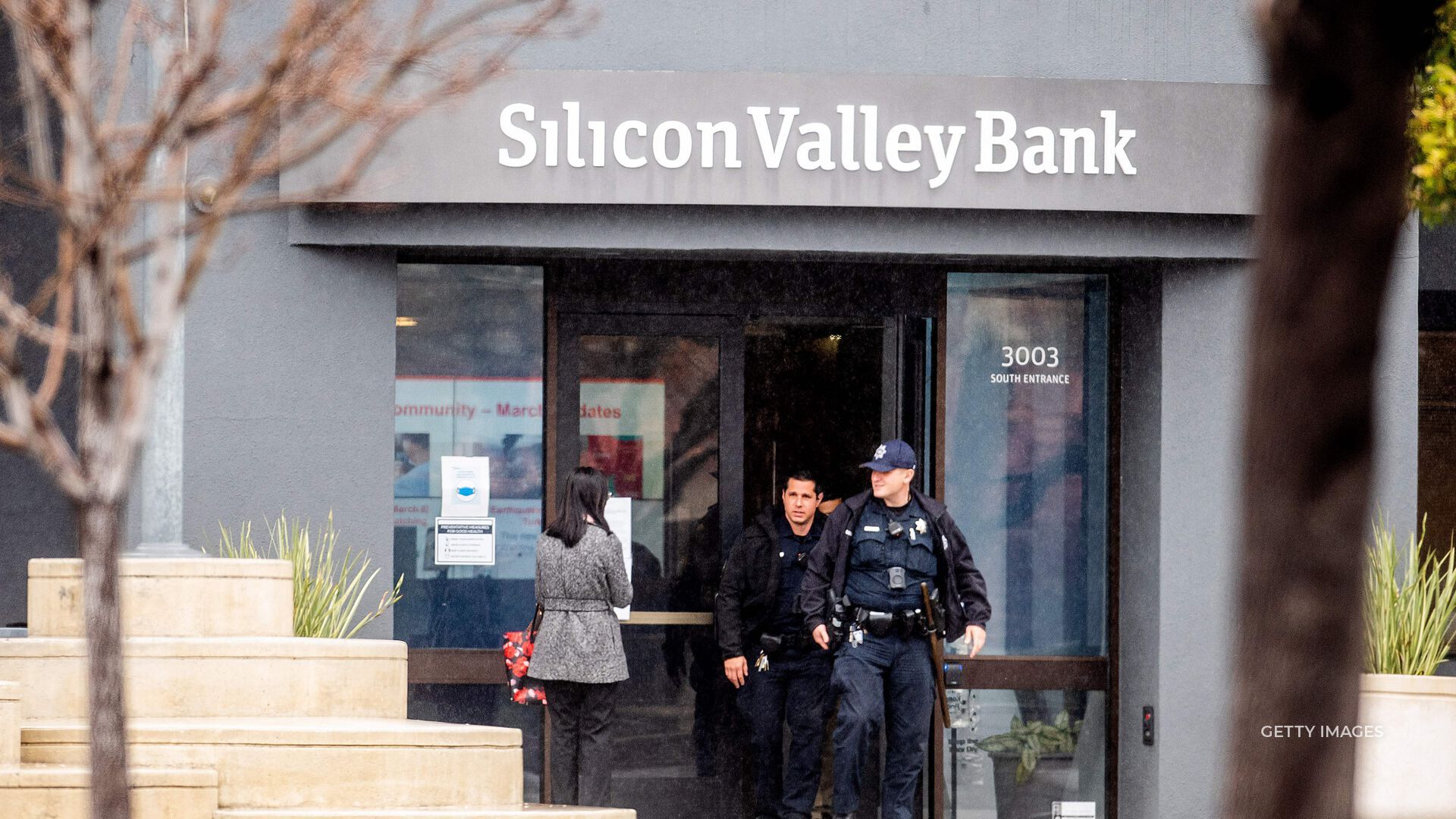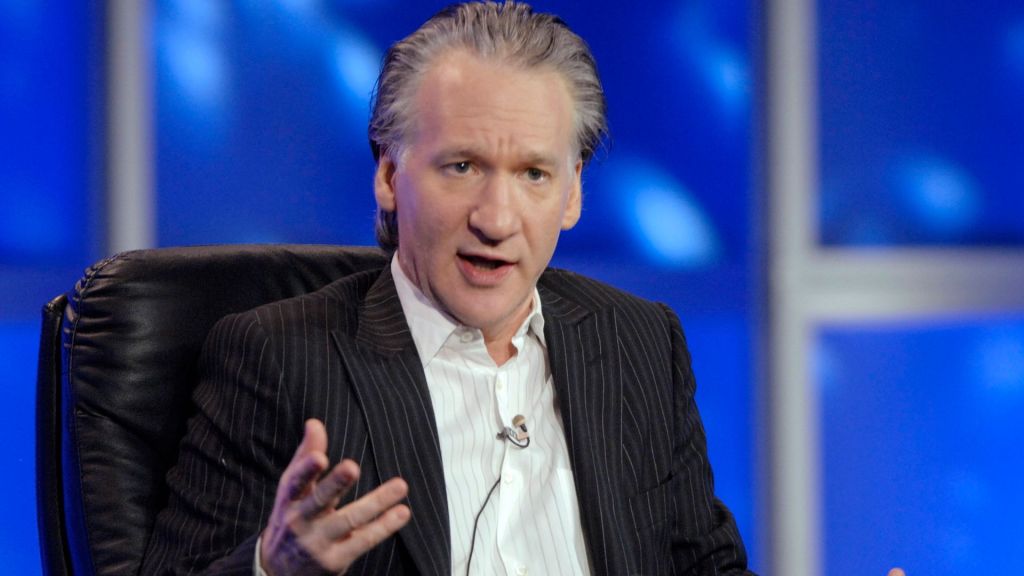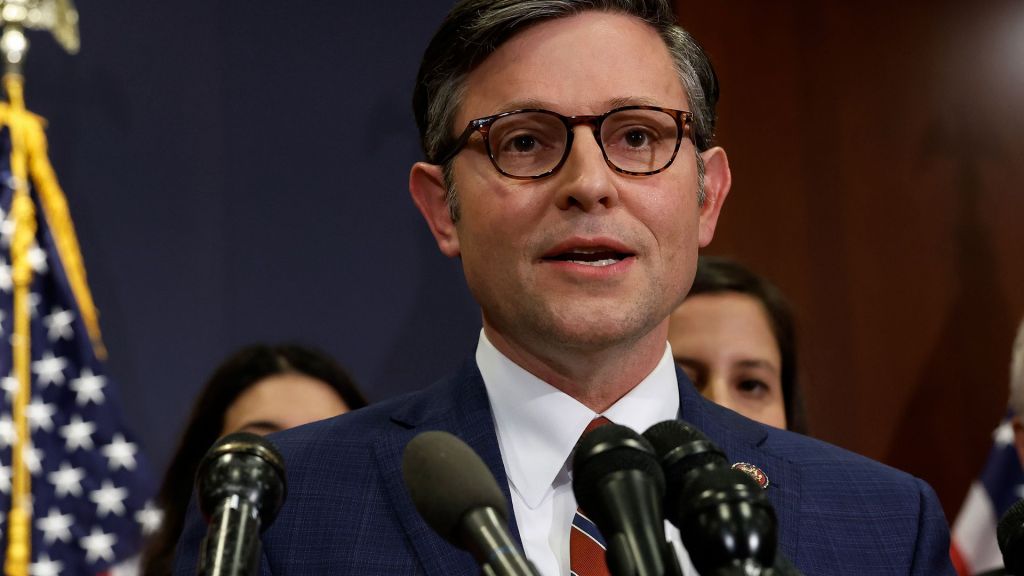
SIMONE DEL ROSARIO: 48 hours. That’s all it took for Silicon Valley Bank, the nation’s 16th largest bank to collapse. Then Signature Bank followed suit and first Republican more are showing signs of contagion. President Biden and bank heads are pressing hard to reassure Americans their deposits are safe. But there are major questions about how the industry experienced the second worst collapse in US history, seemingly overnight, what signs were missed and who’s responsible? I’m joined by Bartlett, Naylor, financial policy advocate for Public Citizen Barlett. Ultimately, SVB made a ton of mistakes, which is the most egregious to you? And do we have a reason to fear that other banks are making the same mistake?
BARTLETT NAYLOR: Well, the simple mistake is that they bet the fed the Federal Reserve would raise rates as quickly and as precipitously as they did. They took in a ton of cash largely in part from some of their clients who are startups funded with venture capital and loans from Silicon Valley Bank. And they sort of required to keep that cash in the bank rather than do the hard work of making good loans. That is what a banker should should do. They use that cash and just stuck it in low interest bearing Treasuries and other securities. So then those securities paying low interest rates were devalued by the market because people can get a higher interest rate now with the Fed raising rates, they were stuck. And this is a basic problem of all banking have. It’s called a maturity mismatch. But it all banks have that. So you would think that silicon Silicon Valley bet should be smart enough to be able to figure it out, as most of the other 4000 banks in the United States have done.
SIMONE DEL ROSARIO: There’s also a lot of fingers being pointed at regulators here. Should they have caught red flags before the bank run? If so, what did they miss?
BARTLETT NAYLOR: Well, some of it is self inflicted wounds Congress passed a law in 20. Oh, I forget it was 2018. Or before it’s as s 21. Fit 55, which reduced the requirements of strict supervision for banks as big as $250 billion in assets. Before that, it was $50 billion in assets. And that’s just where Silicon Valley Bank sits. They’re at 200 or something billion. Second thing is that the regulator’s the Federal Reserve in particular, was 1018 said that the stuff you have that’s liquid, namely stuff you can sell, when it meet customer demand, deposits or withdrawals, doesn’t have to be as liquid as it as it once was. And again, they said, That’s cool for bank as big as $700 billion. So both of those, both the law and the regulatory action, we think were misguided, and helped enable the bad debt that Silicon Valley Bank made, and hence its failure last Friday.
SIMONE DEL ROSARIO: Okay, President Biden did address that this morning. Let’s take a listen real quick.
PRESIDENT JOE BIDEN: Unfortunately, the last administration rollback some of these requirements, I’m going to ask Congress and the banking regulators to strengthen the rules for banks to make it less likely this kind of bank failure would happen again.
SIMONE DEL ROSARIO: And he’s talking specifically about that 2018 law that you spoke of that did have bipartisan support to rollback those regulations on banks the size of SVB. Do you actually think that that would have made a difference if the regulations had been in place for a bank the size of SBB? Under $250 billion? Would it have made a difference in this case? Or is this a political talking point?
BARTLETT NAYLOR: Tough question tough to prove a counterfactual. They were not empowered, they they were empowered to do something they were empowered to make a bad bet. There are other banks that are under scrupulous supervision that are capable of making terrible bets as well. JP Morgan made a horrific mistake known as the London Whale, and they were under strict supervision and lost 10% of their capital in that dock profit declined precipitously, so big banks under strict supervision that had nothing to do with the law that President Biden just mentioned, also do bad stuff. But I’d like to think that the Supervision Required from Dodd Frank the 2010 law is such that these large banks above 700 billion are allowed to say for them, they were before leading up to the financial crash. I do believe 2155 enabled it. But it’s one thing to enable it. And it’s another thing to have a bad manager that takes the money and goes to the casino and loses it all.
SIMONE DEL ROSARIO: Let’s go back to SPV for a second. In one day alone, they faced $42 billion in attempted withdrawals, that’s nearly a quarter of their deposits, that would be nearly impossible for most banks to meet that demand. Or is it you tell me when a bank run of that magnitude takes place? Is there anything that the bank can do?
BARTLETT NAYLOR: Well, there really isn’t these are uninsured deposits. So everybody’s insured up to $250,000. But these are small startups and other other firms that have multi million dollars or cryptocurrency firms that are having a stable coin, in the case of signature, where there’s bunches of millions of dollars, and they want to take them out, because it will be unsure it will be frozen in this back short of what the regulator’s did over the weekend, saying that all those uninsured deposits are going to be insured are going they’re going to get their money back if they want them. So yeah, that that is a problem with having uninsured, uninsured deposits. And it is a problem for a smaller business, you know, a pizza shop or something or a 50 person operation that does have a million dollar weekly payroll or bi weekly payroll, maybe there should be something said about increasing what what is insured, although the big boys, I’m personally not sure we should raise it to everything. I think that’s a good discussion for Congress to have. I think one problem is that with banks is that their creditors don’t really have to do the due diligence, the creditors have to do with any other company, if any other company goes bust, the creditors are out or they have to wait in line to get their money back. But with deposit insurance, a banker can kind of go, you know, go wild, knowing that his his creditors, in this case depositors are going to be made whole by the government is it’s a moral hazard. And I am quite concerned with the precedent that we are making all of these uninsured depositors hole. Oh, wow.
SIMONE DEL ROSARIO: Let’s zoom out a little bit and look at the banking world as a whole, which is so much different from even 2008. And the crash that we saw, the markets are moving and reacting 24/7 around the world banking now is more on demands than ever before, you know, we can all pull money from our phones. And then we have social media and connectivity means we’re up to date to the minute on the phenomenons and fears that are happening, like the fears that were surrounding SVB. How are regulators failing to keep up with this new kind of environment where we’re so connected and in tune with what’s going on and seeing that reactivity happen in real time?
BARTLETT NAYLOR: Well, you make very good points and much as regulators and our President is trying to reassure us this, this system runs on faith, as opposed to your automobile which runs on something that you can, you know, take apart as an engineer and know exactly why it’s happening. A lot of this runs on faith. My personal view is there a lot of problems solved if we change the rules for banker pay, and that is to say bankers get paid if they do really well and they don’t get punished if they do badly. Dodd Frank has a rule at section 956 that says there can’t be banker paid that incentivize inappropriate risk taking. Now you can imagine banker pay is possibly the thing that they care most about. And I think it’s revealing that well that law AP was supposed to be implemented in May of 2011. It is still not implemented section 956 remains unimplemented and it needs to get done, as we all know, infamously the day of the failure hours before the failure the senior bankers paid themselves some nice bonuses. So that was prohibited. If the incentive to get rich off making bad decisions was removed. I think a lot of these problems would go away.
SIMONE DEL ROSARIO: Bartlett Naylor, financial policy advocate for Public Citizen, really appreciate your insight today. Thank you.






